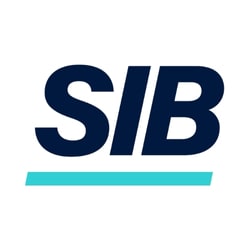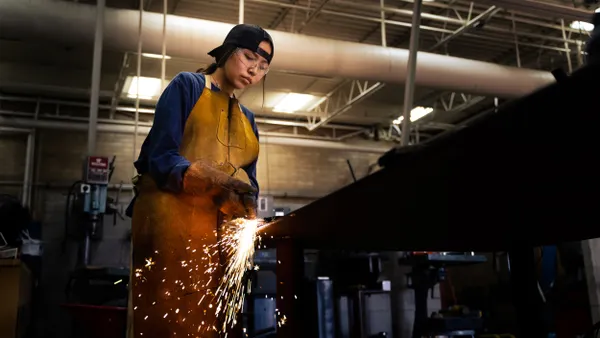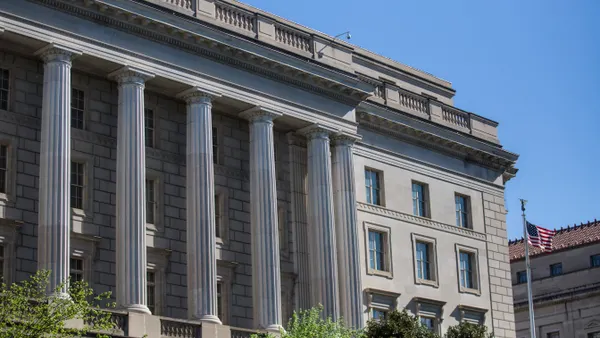CFO in the Know is an editorial series examining the roles CFOs play across a variety of industries. You can find the entire series here.
The future of biopharma IPOs look bright, says Jim Healy, general partner at Sofinnova Investments, a capital firm specializing in biotech start-ups.
But Healy and Richard Murphey, a tracker of biopharma IPOs and venture capital, warned continuing COVID-19 concerns could still put brakes on the activity.
Healy, whose firm has roughly $2 billion in assets under management with 70 biopharma start-ups, said three successful IPOs in April give him reason for optimism.
Cancer drug developer Zentalis Pharmaceuticals attracted pricing at the high end of its marketed range on April 3 after a week of virtual roadshows, he noted.
Keros Therapeutics, focusing on treatments for blood and musculoskeletal disorders, had one of the strongest IPOs of the year when it debuted April 7. And ORIC Pharmaceuticals, developing treatments to overcome resistance in cancer, is another recent Sofinnova investment that launched April 24.
Virtual roadshows are working
An important takeaway of the shelter-in-place environment, Healy said, is investors are comfortable making investment decisions without in-person roadshows which typically go on for seven to eight days.
He asserted the pandemic has helped the atmosphere for biopharma IPOs by changing the national focus of drugs from the downside of their pricing to the benefits they offer of better diagnostics and potential cures.
However, Healy, who has an MD and Ph.D. in immunology from Stanford University, and Murphey acknowledged COVID-19 continues to have the potential to dampen biopharma IPOs at least in the near term.
They pointed out that clinical drug trials have been interrupted because participants can’t make visits to hospitals, which have been consumed by COVID-19 emergencies.
This could lead to some of the participants dropping out and causing the start-ups to end trials prematurely.
The shortfall in trials could hinder biopharma start-ups' ability to collect data, which could prove major clinical milestones vital for would-be investors, Murphey said.
Healy said stay-at-home orders, although they’re starting to ease, have also hurt prospects, because biopharma sales forces can’t promote upcoming drugs and try to increase revenues with existing drugs as they normally do with doctors.
"This makes potential new drug launches more difficult," he said.
Healthy IPO pipeline
Murphey said there are plenty of companies in position to access public markets. The start of 2020 continued favorable results for biotech IPOs in the two previous years in number and average market cap. From January 1 through April 27, nine biopharmas went public, compared to the same number for the same period a year earlier, and eight in 2018.
Companies priced their IPOs on a valuation of $651 million on average in 2020, $737 million in 2019 and $490 million in 2018.
Typical biopharma IPO investors are institutional investors in the latter rounds of private funding who have picked up bigger stakes when the firms go public.
Murphey cautioned if COVID-19 helps add to volatility it could scare off investors from biopharma IPOs seeking safety.
He noted it traditionally has been a volatile asset class with share prices a year after introduction sometimes plummeting 75% and, in others, doubling in value. He said he has not seen a shift in the preference of biopharma startups going public versus seeking a big pharma buyout.
Murphey attributed the strength in the biopharma IPO market since 2013 to drugs that have transformed some fatal cancers into manageable chronic illnesses. He said the period also saw big pharma companies hungry for innovative products and willing to pay a premium for external innovation.
Another factor he pointed to has been an increase in biopharma start-up research and development spending after a decades-long decline.
Part of that is a result of an improved understanding of the relationship of genetics to disease, which has enabled firms to conduct more targeted clinical studies and have more confidence in the success of their development efforts.










